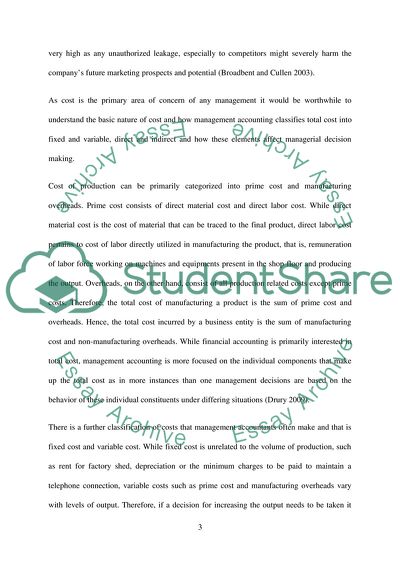Cite this document
(Accounting and Marketing: Step Sisters or Noisy Neighbors Term Paper - 2, n.d.)
Accounting and Marketing: Step Sisters or Noisy Neighbors Term Paper - 2. https://studentshare.org/finance-accounting/1747835-accounting-and-marketing-step-sisters-or-noisy-neighbours
Accounting and Marketing: Step Sisters or Noisy Neighbors Term Paper - 2. https://studentshare.org/finance-accounting/1747835-accounting-and-marketing-step-sisters-or-noisy-neighbours
(Accounting and Marketing: Step Sisters or Noisy Neighbors Term Paper - 2)
Accounting and Marketing: Step Sisters or Noisy Neighbors Term Paper - 2. https://studentshare.org/finance-accounting/1747835-accounting-and-marketing-step-sisters-or-noisy-neighbours.
Accounting and Marketing: Step Sisters or Noisy Neighbors Term Paper - 2. https://studentshare.org/finance-accounting/1747835-accounting-and-marketing-step-sisters-or-noisy-neighbours.
“Accounting and Marketing: Step Sisters or Noisy Neighbors Term Paper - 2”. https://studentshare.org/finance-accounting/1747835-accounting-and-marketing-step-sisters-or-noisy-neighbours.


